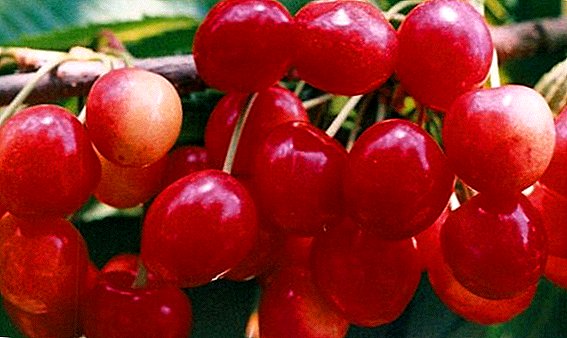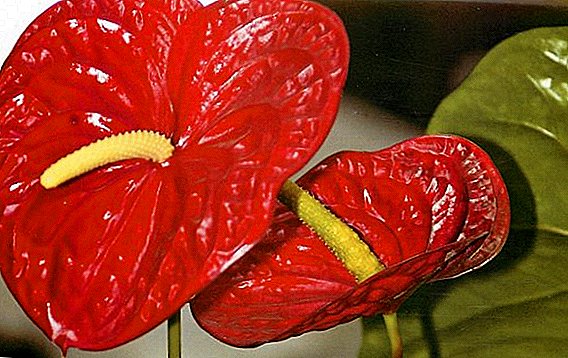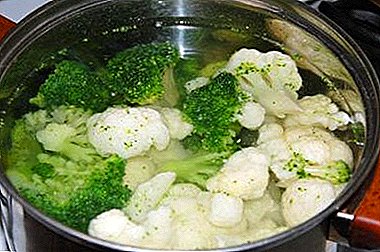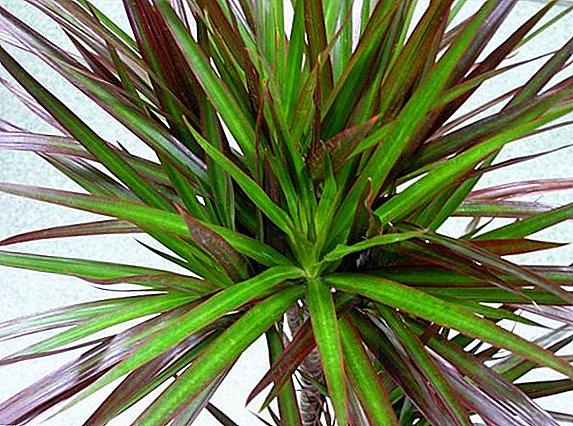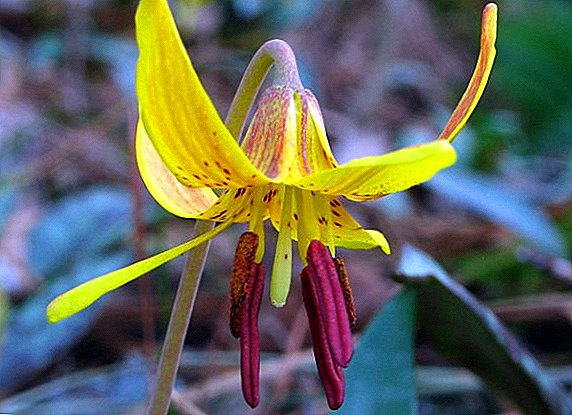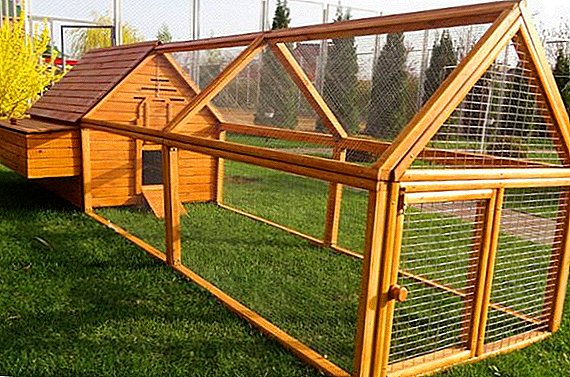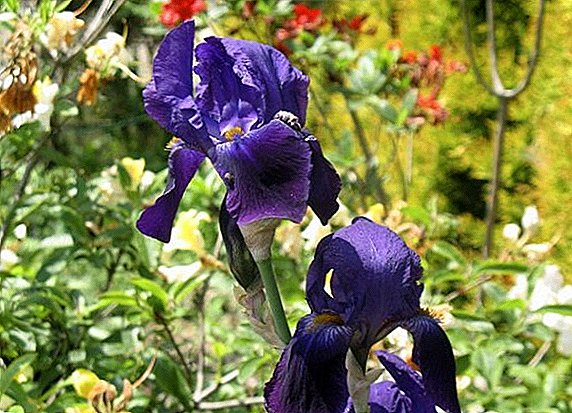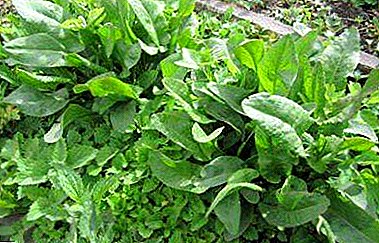
Well-known to us all sorrel is an old vegetable plant of the Buckwheat family. It contains a large amount of vitamins. In the people there are other names of sorrel, such as: wild beet, meadow apple or sour extract.
Belleville sorrel, which is also called Belvian, is a variety resistant to cold, early maturing. This kind of sorrel loves moisture, is resistant to darkness and is not picky about the soil. From the article you will learn more about this sorrel variety, care and planting.
Appearance
Light green leaves, weak sour taste, round, oval shape. Medium or slightly bubble. The edges are even or slightly wavy. Raised, sprawling rosette.
The main differences from other varieties
- Appearance.
- Gives a high yield.
- Gives a high yield of 3-4 years.
History and geography of habitat
 To grow this plant was about the Middle Ages. Sorrel was first mentioned in the French chronicle of the 12th century. The French nation believes that their national vegetable is sorrel. The homeland of sorrel, as is known, is Europe and Asia, but now sorrel is registered on all continents. There are about 200 species.
To grow this plant was about the Middle Ages. Sorrel was first mentioned in the French chronicle of the 12th century. The French nation believes that their national vegetable is sorrel. The homeland of sorrel, as is known, is Europe and Asia, but now sorrel is registered on all continents. There are about 200 species.
This plant is found on all continents, as it is not fastidious to the living conditions. But it prefers to be located in temperate latitudes of the northern hemisphere.
Sorrel is a mesophyte (a terrestrial plant that prefers moderate soil moisture) lives in a temperate climate zone. It preferably grows on forest edges, meadows, on the shores of lakes, rivers, swamps. In the agricultural area can settle as a weed.
Benefit
This plant is also popular as a curative.
- Diabetics can increase insulin performance and balance blood sugar levels with sorrel.
- The cores will strengthen the vessels.
- Sorrel is useful for anemia, as it contains a lot of iron.
- In sorrel a lot of fiber, so that the sorrel helps to remove toxins from the body.
Experts advise to use fresh sorrel in people who have health problems.
Contraindications
In the case of heat treatment of sorrel, it releases oxalic acid juices, which remain in the body. Therefore, people with kidney and joint diseases are not recommended to eat green borsch with sorrel or boiled sorrel.
How to care?
This plant does not like sunny areas. Therefore, it is better to place it somewhere in the penumbra from the bushes and trees. Belleville sorrel will yield better if it is planted in loamy soil, although the acid level of the soil is not so important for sorrel. Sorrel does not take up much space, it will be enough for 1 or 2 square meters.
The best time to plant is the end of August or the end of autumn.. Before sowing, it is imperative to dig a bed on which sorrel will sprout, and compost or ash will be suitable for fertilizer. Nitrogen fertilizers are excellent for feeding, which should be added to the soil 1-2 weeks before sowing. Before planting sorrel you need to re-pierce and level the bed.
Once the sorrel is planted, it is necessary to maintain it in good condition. For this you need:
- Sometimes digging and watering.
- Remove flower sockets.
- On hot days especially watch out for watering.
- Before winter, trim off excess leaves and mulch the soil.
- Add humus or compost to the soil.
Home care
 The seeds of sorrel are sown one centimeter into the soil. Between the beds you need to leave a space of about 7 cm. So it will be easier for sorrel to settle in your home and will delight you with a good harvest. After sowing house sorrel, it should be fertilized with humus or a substrate.
The seeds of sorrel are sown one centimeter into the soil. Between the beds you need to leave a space of about 7 cm. So it will be easier for sorrel to settle in your home and will delight you with a good harvest. After sowing house sorrel, it should be fertilized with humus or a substrate.
It is better to plant sorrel every month in different containers. So there will be more harvest. You need to monitor the moisture of the soil, as you risk destroying the plant with dry soil. Sometimes you need to loosen the ground with a fork or a special small rake, if any.
As well as in open ground for home sorrel should be fertilizer universal fertilizer. The most commonly used fertilizers for indoor plants.
Diseases and pests
- Aphid. If sorrel aphid is going to ruin your crop, then you need to spray the plant with infusion of garlic or dandelion. Shop tools should not be used, because in this way you can poison yourself with the same chemicals when ingested.
- Rust. Such a disease in sorrel appears on the leaves and it can be immediately detected, since it can capture most of the leaves of the plant.
- Downy mildew. It looks like a gray bloom, which can be seen on the back of the leaves. This disease does not harm a person, but phytosporin is the best remedy for it. Instructions for use can be found on the packaging.
- Sheet beetle and caterpillar sawner. If suddenly you notice bugs on sorrel, then urgently spray it with infusion of nightshade or garlic.
Sorrel is a very useful plant, which contains a lot of useful vitamins. Therefore, it is definitely worth growing it. Sorrel is not particularly picky about the soil and its care. But still, if you want a healthy and good harvest, then of course you need to take care and care for the plant.


